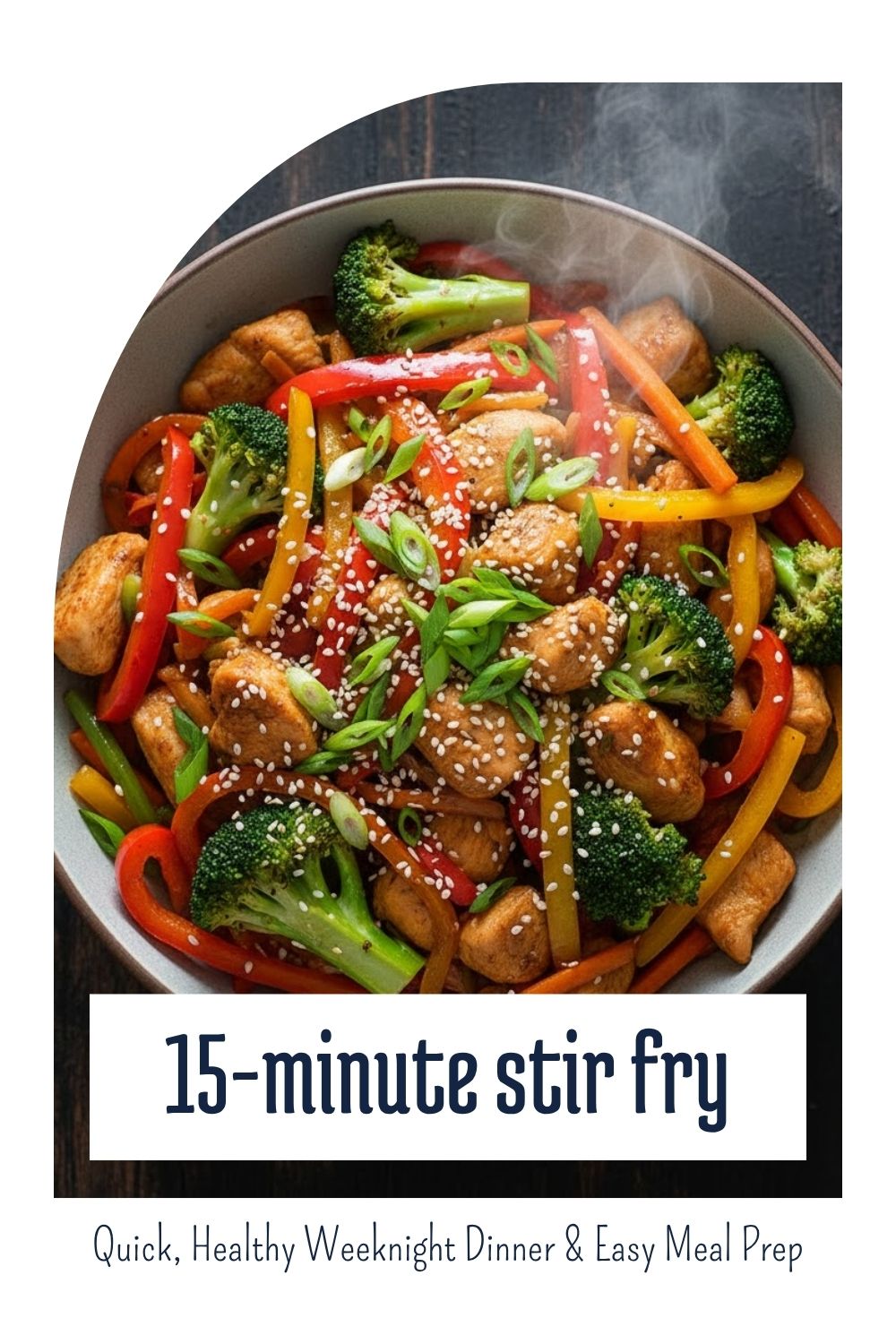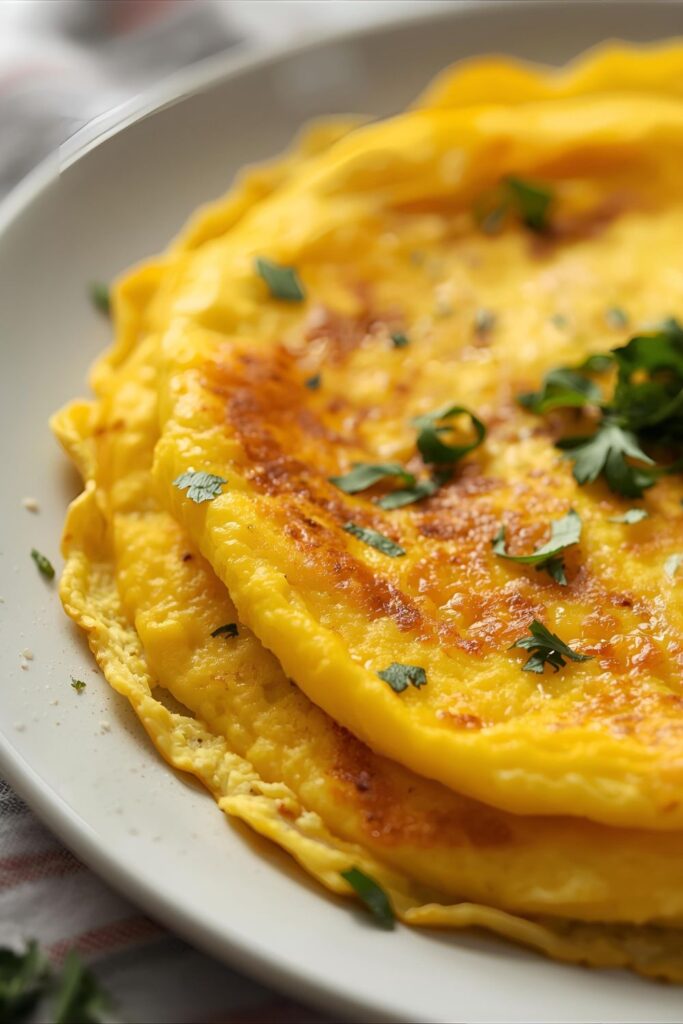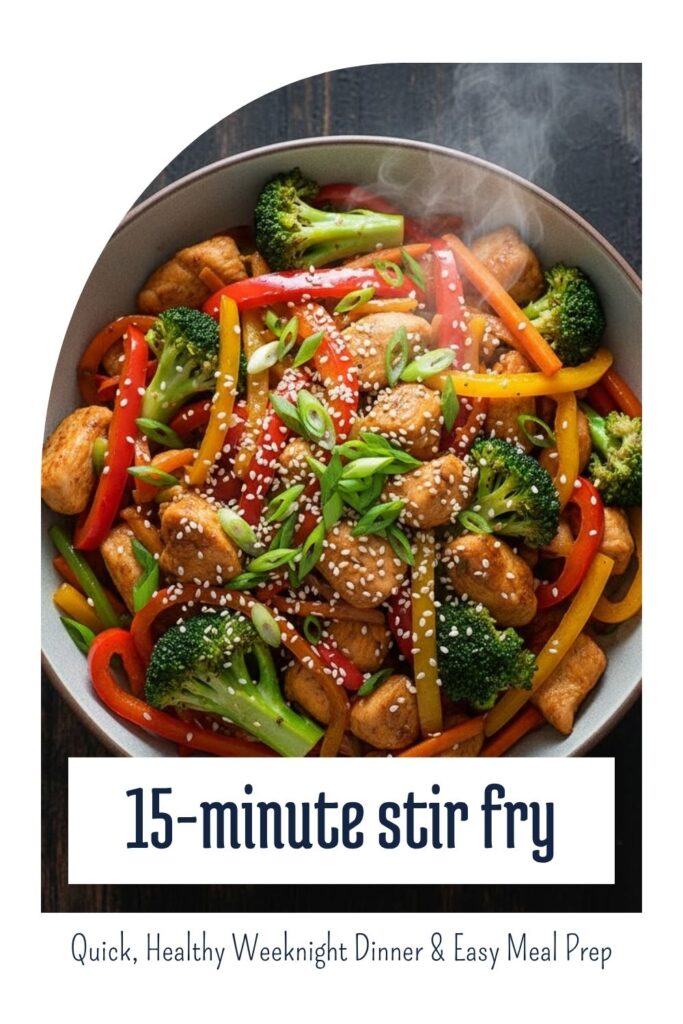Wake Up, Buttercup: The Fluffy, Flawless 15-Minute Omelette Recipe
Let’s just be honest: most of us want to feel like a fancy French chef in the morning, but we only have about six minutes before we have to locate our keys and pretend we’re not late. Right? You crave that perfect, silky, golden-yellow pocket of deliciousness, but usually end up with a brown, rubbery scramble that you folded. Yikes.
Well, stop stressing. I’m here to tell you that the art of the perfect, airy, cheesy 15-minute omelette is not reserved for five-star hotel kitchens. It’s actually surprisingly simple, requires minimal cleanup, and turns your breakfast game from zero to hero. Seriously, this technique will change your mornings. Are you ready to stop eating sad eggs?
Why This Omelette Recipe Deserves Your Time (All 15 Minutes Of It)
This is more than just a quick breakfast; it’s a lifestyle hack. The beauty of this 15-minute omelette lies in its speed and its ability to accept pretty much any filling you throw at it. It’s the ultimate clean-out-the-fridge meal.
We focus on two key elements here: the velvety texture and the lightning-fast cooking time. By using a specific technique (I’ll get to that!), you create an omelette that is light, fluffy, and never, ever browned. It looks elegant, tastes incredible, and takes less time than waiting for your coffee machine to sputter out a latte. IMO, that’s a win.
Ingredients: The Basic Building Blocks of Perfection
Keep this clean, simple, and cold. Yes, temperature matters!
- 3 Large Eggs, Cold (The key to that velvety texture! Seriously.)
- 1 tablespoon Water or Milk (Optional, but adds steam for a fluffier result.)
- 1/4 teaspoon Fine Sea Salt (Don’t forget the salt!)
- Pinch of Black Pepper
- 1 tablespoon Unsalted Butter (A must for flavor and non-stick success.)
- 1/4 cup Grated Cheese (Cheddar, Gruyère, or goat cheese are all excellent choices.)
- 1/4 cup Pre-cooked Fillings (Chopped herbs, sautéed mushrooms, or diced ham.)
Key Substitution Note: You can absolutely use olive oil or ghee instead of butter, but butter gives you that classic French richness. For the liquid, water makes the omelette lighter and fluffier than milk, which can weigh it down slightly.
Tools & Kitchen Gadgets Used
You don’t need a lot of gear, but the quality of your pan is everything. Don’t use that rusty old cast iron skillet, please.
- Small Mixing Bowl (To whip those eggs.)
- Fork or Whisk (For serious whipping action.)
- 8-inch Non-Stick Skillet (This is non-negotiable! A good non-stick pan prevents sticking and ensures that beautiful slide-out finish.)
- Rubber or Heat-Resistant Spatula (For gently moving the eggs and folding.)
- Measuring Cups and Spoons (For accuracy.)
- Serving Plate (You need somewhere pretty to put your masterpiece.)
Step-by-Step Instructions: The Art of the Quick Fold
Ready for some fast-paced action? We move quickly once those eggs hit the heat!
H3: Prep Your Power Ingredients
- Take your cold eggs and crack them into the mixing bowl. Add the salt and a splash of water/milk.
- Whisk vigorously with a fork or whisk for 30 seconds to 1 minute. You want a pale yellow, uniform mixture with tiny bubbles, but you do not want it foamy like meringue. This incorporates air for fluffiness.
- Have your fillings and cheese pre-measured and within arm’s reach. You won’t have time to chop or grate later!
H3: The Butter and the Heat (The Crucial Minute)
- Place your non-stick skillet over medium-high heat. Add the butter.
- Once the butter melts and starts to foam aggressively, but before it browns (don’t let it brown!), pour the egg mixture into the pan.
- Let the edges set for about 10 seconds. Use your spatula to gently push the cooked edges toward the center while tilting the pan so the uncooked egg runs underneath. Repeat this all around the edges.
H3: Fill, Fold, and Finish
- Once the top surface of the omelette is still slightly wet and jiggly, but mostly set (about 60-90 seconds total cooking time), sprinkle your cheese and pre-cooked fillings over one half of the omelette.
- Remove the pan from the heat. The residual heat will finish setting the eggs.
- Using your spatula, gently fold the empty side over the filling side. Give the handle a quick, confident tap to encourage the omelette to roll slightly onto the filling.
H3: The Glamorous Slide
- Hold your serving plate near the pan. Tilt the pan, and with a slight flick of the wrist (or a gentle nudge from the spatula), slide the omelette onto the plate, seam-side down.
- Garnish with fresh herbs or a final sprinkle of pepper. Serve immediately. You just made a perfect omelette in under 15 minutes! Bask in the glory.
Calories & Nutritional Info (The Health Stats)
This recipe yields one serving, which is packed with good stuff.
- Estimated Calories Per Serving: Approximately 250-300 calories (This varies depending on your butter and cheese choices, so be smart!)
- Macronutrients Per Serving (Estimated, Standard Cheese/Butter):
- Protein: 20g (Seriously high protein content.)
- Fat: 20-25g (Healthy fats from eggs, butter, and cheese.)
- Carbohydrates: 1-2g (Extremely low-carb, naturally keto-friendly.)
- Key Nutritional Note: Eggs are a complete protein, meaning they contain all nine essential amino acids. This dish is also naturally low in carbohydrates and highly satiating, keeping you full until lunch.
Common Mistakes to Avoid (The Fast Track to Ruin)
You’re trying to be quick, but don’t rush these crucial steps!
- Killer Mistake #1: Over-Beating the Eggs: We want a smooth, homogenous mixture, not foamy fluff. Do not use a blender or stick blender! Over-beating incorporates too much air, which makes the omelette taste dry and tough. A fork or whisk for less than a minute is all you need.
- Killer Mistake #2: High Heat or Overcooking: If your pan is smoking or you cook it too long, your omelette will be brown, dry, and rubbery. The beauty is the pale, golden exterior. Use medium-high heat and watch it like a hawk. The entire cooking process should take less than 2 minutes.
- Killer Mistake #3: Using Fillings That Are Too Wet/Cold: Never use cold or uncooked vegetables (like raw tomatoes or spinach) directly in the omelette. They cool the eggs down, introduce too much moisture, and ruin the texture. Always pre-cook and drain wet fillings!
- Killer Mistake #4: Not Enough Butter: The butter not only adds incredible flavor, but it acts as a non-stick barrier. Skimp on it, and you risk a disastrous, stuck-on mess. Don’t be shy with the butter!
Variations & Customizations
Bored is not an option here. Use this as your template for culinary experimentation!
- Keto King (The Fat Bomb): Use heavy cream or half-and-half instead of water. Fill with a mix of crispy bacon bits, cream cheese, and a sprinkle of chives. This ramps up the fat content and flavor profile for a truly indulgent, keto-friendly breakfast.
- Spicy Mexican Flair: Stir in a pinch of chili powder and cumin with the salt. Fill with crumbled Cotija cheese, diced avocado, and a spoonful of drained salsa. Finish with a squeeze of lime juice. Viva la mañana!
- The Fines Herbes Classic: This is the elegant version. Fill with finely chopped fresh herbs only: chives, parsley, chervil, and tarragon. Use a high-quality Gruyère cheese. This lets the pure egg and herb flavor shine through.
FAQ Section: Omelette Q&A
H3: What makes a French omelette different from an American omelette?
A French omelette is cooked quickly over medium-high heat, resulting in a pale, buttery, golden exterior and a smooth, tender interior. An American omelette is often cooked slower, allowing it to brown and achieve a firmer texture, sometimes even developing small air pockets (which a French chef would scoff at).
H3: Why do I need to use cold eggs for an omelette?
Using cold eggs helps prevent the mixture from overcooking instantly when it hits the hot pan. The lower temperature gives you a few extra seconds to work the curd gently and achieve that soft, velvety texture before the egg fully sets.
H3: How do I keep the omelette from sticking to the pan?
You must use two things: a high-quality, non-stick pan that isn’t scratched up, and enough butter. Ensure the butter is completely melted and foaming before you pour in the eggs. This prevents sticking and guarantees a beautiful, easy release.
H3: Can I add vegetables to the omelette mixture?
No! Do not add raw vegetables or too many mix-ins directly into the egg mixture. They cool the eggs, inhibit cooking, and add unwanted moisture, resulting in a rubbery texture. Always sauté vegetables separately and add them as a filling right before folding.
H3: What is the best kind of cheese for an omelette?
The best cheeses are those that melt well and have good flavor. Favorites include sharp Cheddar, Swiss, Gruyère, or a soft goat cheese. Avoid hard, dry cheeses like Parmesan, which don’t melt smoothly.
H3: How much filling should I use in my omelette?
You want to use a sparse amount—about 1/4 cup of total filling per three-egg omelette. Too much filling overloads the delicate structure, making it difficult to fold, and causes the temperature of the eggs to drop, leading to uneven cooking. Less is more here.
H3: Can I use milk instead of water in the egg mixture?
Yes, you can. Milk adds richness due to the fat content but can make the omelette slightly heavier. Water is often preferred because it turns to steam during cooking, which helps aerate the eggs and makes the final product lighter and fluffier.
Final Thoughts: The Breakfast Boss
Well done, friend. You mastered the 15-minute omelette. You’re now officially too sophisticated for sad cereal and microwaved leftovers. Go enjoy your perfectly folded, flawlessly seasoned, buttery-smooth masterpiece. What are you going to tackle next—a poached egg? Don’t push it. Just enjoy this moment of breakfast superiority. 😉







